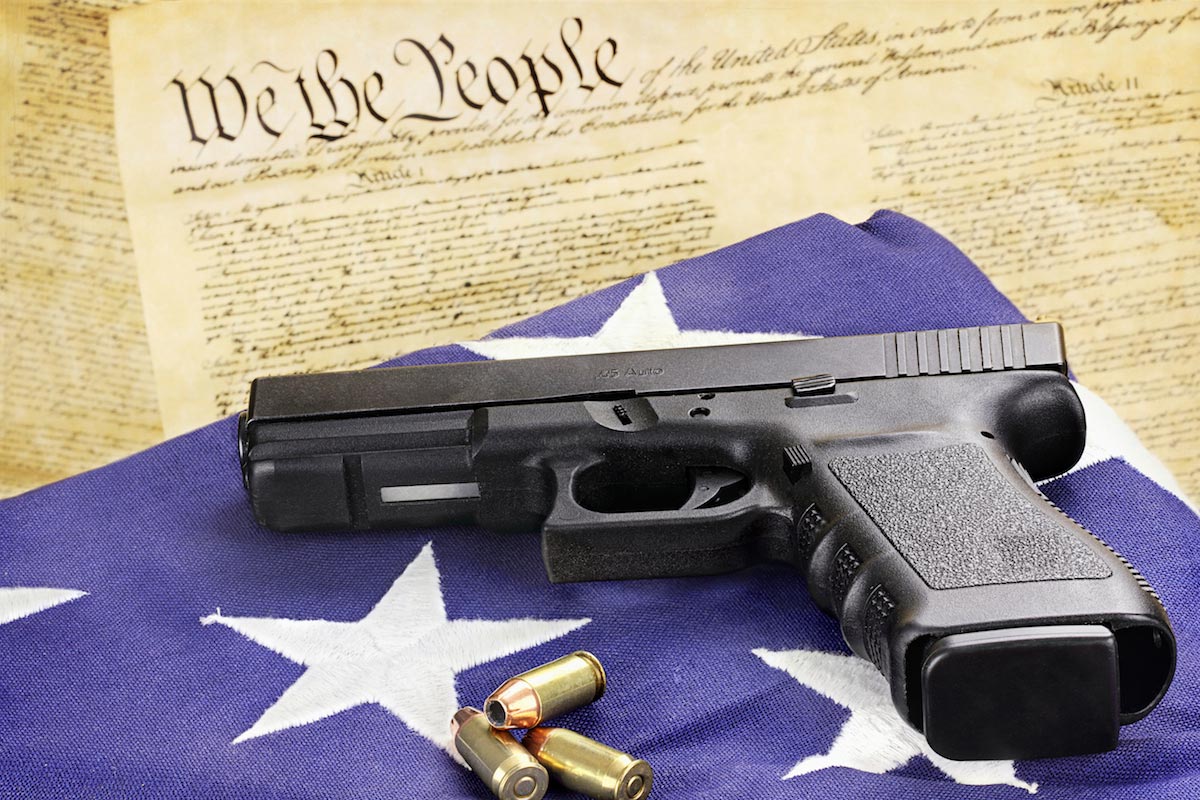(Freedom.news) It’s enough to make an anti-gun liberal academic’s head explode, but freedom-minded Americans say it is about time: More state legislatures are considering expanding concealed carry laws to include college and university campuses.
As reported by The Washington Times, the move comes amid a spate of recent shootings around the country, many on college campuses pro-Second Amendment Americans have labeled “gun-free zones.” Also, it’s a sign that both gun control supporters and those who want to see a loosening of gun restrictions are taking their arguments to states since efforts are stalled in Congress.
The most high-profile stance has been taken in Texas, where legislators have passed a measure allowing people to carry guns on public universities beginning Aug. 1, 2016, with a few exceptions.
“Texas was a big victory for us this year,” said Michael Newburn, a spokesman for the group Students for Concealed Carry told the Times.
Meanwhile, about a dozen other states are considering bills that would allow concealed carry on public school campuses. So far, however, Texas is the only state to have actually adopted such a law; one is pending in Ohio.
But in ultra-Left-wing California, not surprisingly, the overwhelming Democrat majority pushed the other way, with Gov. Jerry Brown recently signing legislation banning concealed weapons at all schools.
Andy Pelosi, a spokesman for the group Campaign to Keep Guns off Campus, told the Times that while his side has so far succeeded in heading off most of the efforts, they are far from winning the issue.
“I think our side had a very successful year defeating legislation, but we know that these victories tend to be temporary, as the gun lobby will and does re-file bills in most of these states,” Pelosi told the paper.
Shootings at Umpqua Community College in Oregon in October, as well as incidents in Arizona and Texas, have caused many to rethink the issue of how best to protect students and faculty.
See also:


